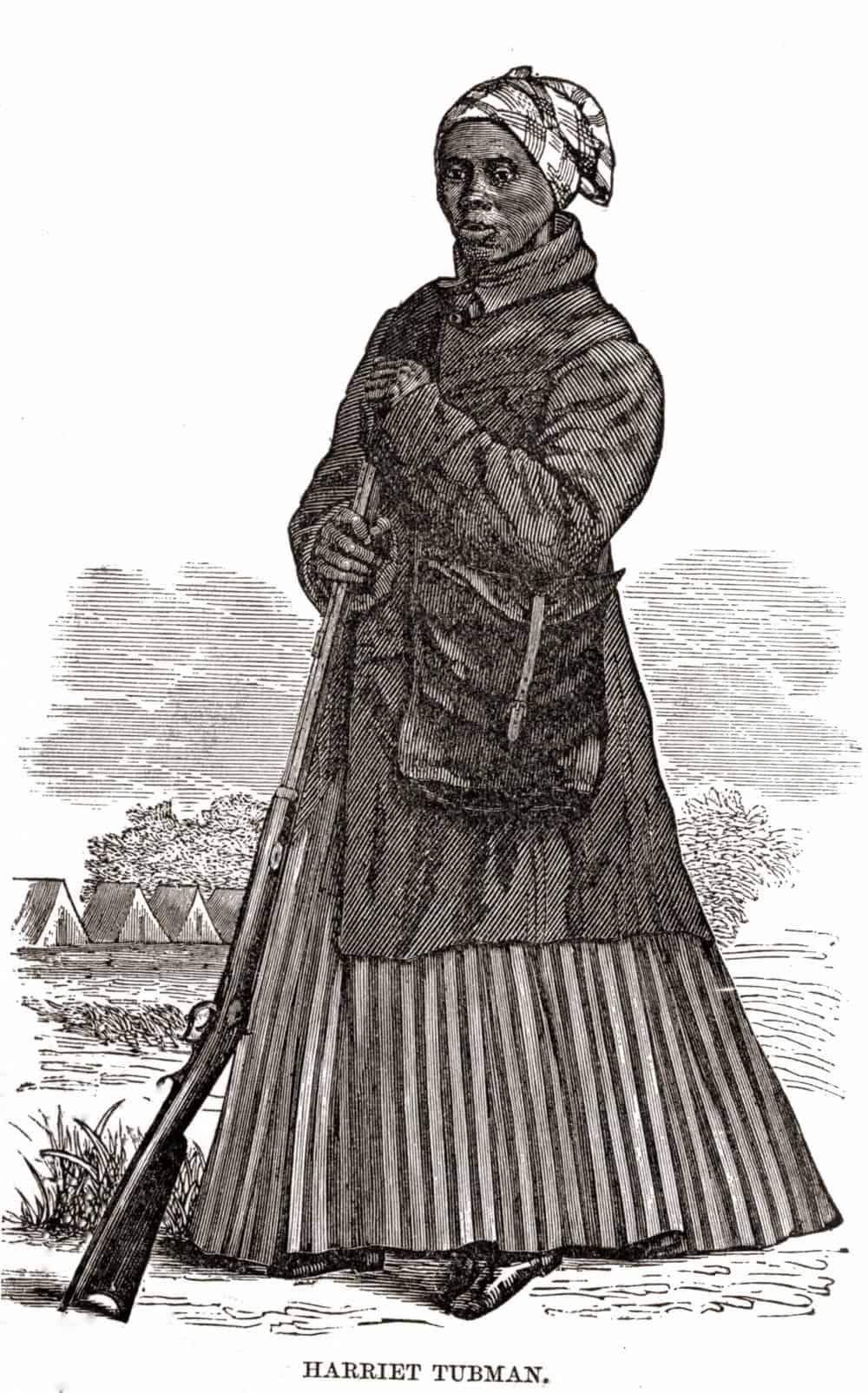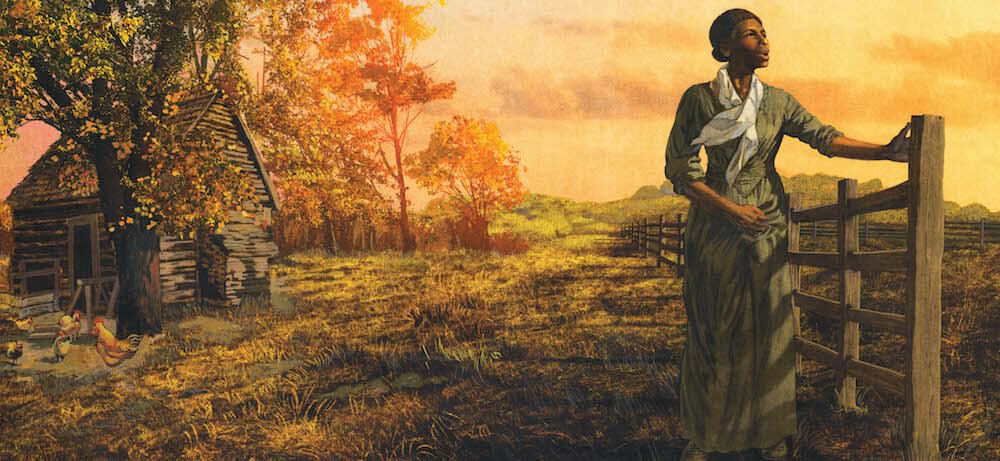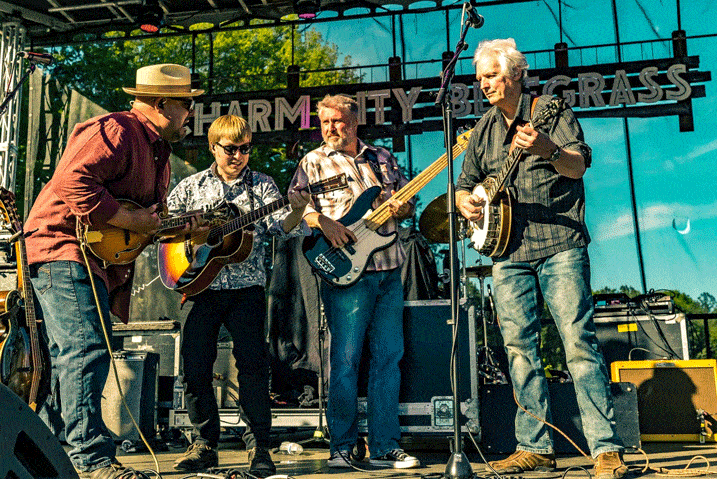Harriet Tubman escaped slavery through the wetland marshes of the Chesapeake Bay more than a century and a half ago with her gaze fixed on the North Star, a twinkling celestial body that she may now eclipse as a rising Hollywood star.
The well-known abolitionist is having something of a moment: Oscar-winner Viola Davis is set to play her in an HBO biopic, and Tony-winner Cynthia Erivo takes a turn in the forthcoming film Harriet.
The Treasury Department made plans to put her on the $20 bill, replacing President Andrew Jackson, a redesign now tenuous under the current administration. A push to erect a Tubman statue in the U.S. Capitol is underway. And her story has unfolded before millions in the critically acclaimed TV drama Underground.
Pause the frame and hit the rewind button, however, and the noisy, modern clamor surrounding Tubman gives way to a quiet, isolated moment, the dark water of the Chesapeake lapping softly at young Harriet’s ankles as she sets muskrat traps.
It was this Tubman, the one who doesn’t wear stage makeup and may never stare up at me from my wallet, whom I set out to find.
I arrived in rural Dorchester County, Tubman’s marshy birthland, on a March morning. It was here that Tubman trapped muskrats as an enslaved child and eventually drove oxen, plowed, and hauled lumber as an adult of only five feet tall. And, it is from here in 1849, at approximately 27, that she escaped, traveling to freedom in Philadelphia.
The Harriet Tubman Underground Railroad Byway runs along the general trajectory of her flight from Dorchester County to Philadelphia. Its purpose is to give people a feel for the journey. The byway encompasses more than 40 sites related to Tubman, escaped slaves, freed blacks and the Underground Railroad.
Dorchester County is dotted with farms that give way to wide-open clearings where reeds and grasses sprout from watery depths. Loblolly pines, with their long slender trunks and needly green topknots, hem in otherwise flat wetland vistas.
Some 15 minutes from Cambridge, the area’s only sizable town, is the Harriet Tubman Underground Railroad Visitor Center, an essential first stop where guests peruse exhibits and pick up an all-important map of the trail’s landmarks (if they’re not using the byway’s app).
Although it has no artifacts from Tubman’s life (she would have owned few belongings when she lived here) the building, which opened in 2017 and resembles four side-by-side barns, is rich in symbolism. Its exhibits draw visitors down a path that begins south and proceeds north, just like Harriet’s life, then pulls them back south again to exit, symbolizing Tubman’s sojourns home.
Tubman is most famous for 13 secret trips back to the region during which she freed more than 70 family members and friends via the Underground Railroad, the network of stops and safe houses that escapees followed to freedom.
Lesser known is her work during the Civil War, when she became the conflict’s first woman to lead an armed expedition. Working for the Union as a nurse, cook, scout and spy, she freed more than 700 slaves during her assault on plantations along South Carolina’s Combahee River in 1863. After the war, from her home base in Auburn, New York, she fought for women’s suffrage, as well as the rights of minorities, the disabled and the elderly.
The Brodess Farm, where Tubman was enslaved, is a 10-minute drive from the center. Because Tubman was often rented out (her enslaver didn’t have enough work for all the people he owned), it’s unknown exactly how much time she spent at the spot, which today is a simple field of crops with an unrelated house in the distance. A plaque here proclaims erroneously that Tubman “found freedom for herself and some three hundred other slaves whom she led north.” That number is now believed to be closer to 70. It might seem that the sign’s biggest takeaway is about humankind’s propensity for mistakes. If you count racism and intimidation as mistakes, then that is probably true.

I had pulled up to the marker at the same time as an older gentleman who emerged from his car and began inspecting the sign. I assumed he was there, like me, to see the place where Tubman had lived. Instead, he told me, he was looking for bullet holes. The man, a part-time resident of the Eastern Shore, told me how he stopped by every once and a while to check for destruction, pointing out some old poxing which seemed to be from buckshot, as well as a noticeably patched up section.
The Maryland Historical Trust, the steward for the state’s historical markers, later confirmed that, in 2002 and 2014, the sign had undergone repair after being shot. Maybe, I asked, many of Dorchester County’s historical markers bear the brunt of target practice? No, the trust’s public affairs officer said, they do not. If Tubman had slave-catchers, angry masters, and the animus or apathy of the better part of society working against her in the 19th century, she still apparently has her detractors in the 21st.
The Bucktown Village Store is an example of the great lengths everyday people are going to preserve Tubman’s legacy. The shop is lined with antique dry goods and stands as a testament to Tubman. Its owners, the Meredith family, are descendants of one of its early proprietors and they prominently display a two-pound weight on the counter as a reminder of what transpired here. Open seasonally and sporadically, this light-yellow country shop with a gabled roof and front porch was the scene to a defining moment in Harriet’s life. Sometime around 1835 Tubman, who went by her birth name Araminta “Minty” Ross, happened to be at the store as an overseer tracked down a slave who had left work without permission. Struggling to restrain his charge, the overseer demanded that Tubman help. However, she refused in what is considered her first act of public defiance. As the slave broke free and fled, the irate overseer lobbed a two-pound weight his way, accidentally striking Tubman and cracking her skull. From that moment forward, Tubman would suffer headaches and sudden, debilitating sleeping spells, but the accident also likely brought on her increased religiosity—dreams and visions—that propelled her forward.
History is deep and omnipresent in Dorchester County. On display is also an 1849 ad offering $100 for Tubman’s return, which the Meredith family serendipitously discovered in some old newspapers they pulled from a dumpster.
I next stopped by the area’s Blackwater National Wildlife Refuge, which includes 28,000 acres of scenic forest, wetland and waterways, before rounding out my day around dusk at the Stanley Institute, a post-Civil War school for black children.
The schoolhouse is not regularly open to the public, but luckily, it has windows. So as darkness settled, I peeked inside, barely making out rows of old desks. I imagined the students who had recently gained the right to learn to read when slavery ended. While their parents had sent them here for betterment, I thought about how their lives on the Eastern Shore in those years were not likely filled with the opportunity freedom should have afforded. As they studied spelling and arithmetic, I wondered what their time here on Earth had been like.
Then the specter faded, and the desks were empty again. A chill ran down my back as my mind returned to the present and I hurried to my car where I turned on the heat. The North Star was overhead as I left the Eastern Shore, but with my GPS prattling, I had little need for the star’s silent guidance. The shining body was a reminder of Tubman and human resilience, a far more useful tool in this modern world.




